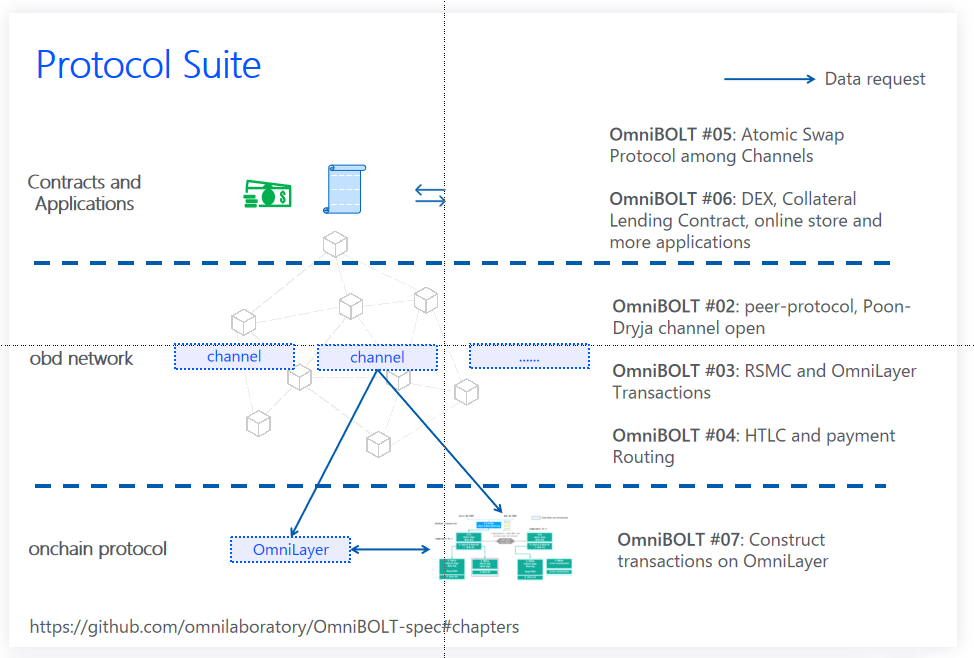
In a historical first for the Lightning network, Synonym, a Bitcoin-powered service provider, demonstrated the first Tether (USDT) transaction in a Lightning channel. This was the first time a mainnet stablecoin was bridged to Lightning. The transaction was performed using Omni, a platform for creating custom digital assets on the Bitcoin blockchain.
Typically, users transfer bitcoin to the Lightning network through a timelocked transaction on Bitcoin’s mainnet. This initial transaction commits bitcoin to a Lightning channel between two nodes, and the channel is only established after the counterparty has confirmed the funding transaction. The timelocked contract will eventually distribute the funds after Lightning transactions are netted and the channel is closed.
The Omni protocol embeds custom assets like USDT in the Bitcoin blockchain through the use of the OP_RETURN opcode, which can be used to carry arbitrary data in a transaction. Omni runs off-chain and interprets these data on a separate platform.
When committing USDT to the Lightning network, participants must use Omnilayer addresses created by the Omnicore software. The counterparties follow the usual sequence of creating a funding transaction to open a channel, but a second transaction is also needed to commit USDT to the channel through a similar timelock mechanism. Payment routing and other activity then take place on the Lightning network amongst Omnilayer-enabled nodes.

(Source): The protocol is described in more detail in the OmniBOLT specifications.
The benefits of using USDT on Lightning include lower transaction costs, increased privacy, and speed. Stablecoins on the Lightning network have the potential to empower circular economies, where Lightning is the primary means of payment and alternatives are no longer needed.

